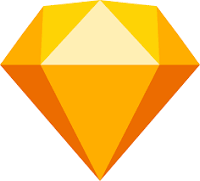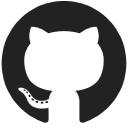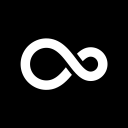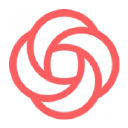
On Launching A $9.4K/Month SaaS That Helps With User Onboarding
Hello! Who are you and what business did you start?
Hi, my name is Osman, I'm the co-founder of UserGuiding. UserGuiding is a SaaS product that helps web applications show their value propositions by enabling them to improve their ease of use. Interactive product tours, which can be created without coding, help product managers, marketers, and UX designers to make changes to the interfaces of their platforms. Personalized guides, built-in minutes, decrease the customer support workload by accelerating the onboarding process.
Our main target is SaaS. 35 of our 73 current subscribers are SaaS businesses. There is also a huge potential in enterprise solutions, e-commerce websites, market places and large corporates having web applications such as banks, telecommunication companies, and insurance companies.
Today, we have +5,000 sign-ups from 92 countries. And there are more than 4 million end users onboard with UserGuiding. Over the past 14 months, we have grown by 20% + per month. The number of active subscribers increased from 5 to 73, and our monthly recurring revenue increased from $413 to $9,400.

Download the report and join our email newsletter packed with business ideas and money-making opportunities, backed by real-life case studies.

Download the report and join our email newsletter packed with business ideas and money-making opportunities, backed by real-life case studies.

Download the report and join our email newsletter packed with business ideas and money-making opportunities, backed by real-life case studies.

Download the report and join our email newsletter packed with business ideas and money-making opportunities, backed by real-life case studies.

Download the report and join our email newsletter packed with business ideas and money-making opportunities, backed by real-life case studies.

Download the report and join our email newsletter packed with business ideas and money-making opportunities, backed by real-life case studies.

Download the report and join our email newsletter packed with business ideas and money-making opportunities, backed by real-life case studies.

Download the report and join our email newsletter packed with business ideas and money-making opportunities, backed by real-life case studies.






















